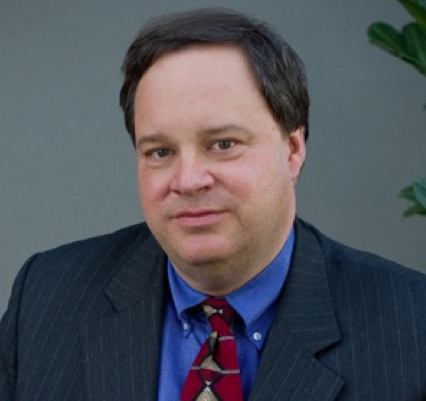American wellbeing since 1979

By J. Bradford DeLong
former deputy assistant secretary of the US Treasury, is Professor of Economics at the University of California at Berkeley and a research associate at the National Bureau of Economic Research.
The story goes like this: Since 1979 - the peak of the last business cycle before the inauguration of Ronald Reagan as President - economic growth in the United States has been overwhelmingly a rich-only phenomenon. Real (inflation-adjusted) wages, incomes, and living standards for America's poor and middle-class households are at best only trivially higher. While annual real GDP per capita has grown 72%, from $29,000 to $50,000 (in 2009 prices), almost all of this growth has gone to those who now occupy the highest tier of the US income distribution.
All of this is true, but there are a few important caveats. One is found in the Distribution of Household Income and Federal Taxes, published by the US Congressional Budget Office (CBO) last year. After-tax real income for the lowest quintile of US households was 49% higher in 2010 than in 1979, growing at an average rate of 1.3% annually. After-tax income for the middle three quintiles in 2010 was 40% higher - equivalent to 1.1% average annual growth.
To be sure, households in the 81st to 99th percentiles gained 64% in after-tax income, with the top 1% up by 201%, representing an average annual growth rate of 3.6% - far ahead of any other income group. And, by now, with the recovery concentrated among the rich as well, the top 1% of Americans are highly likely to be approaching a cumulative 300% gain since 1979.
But real income gains of 1.3% per year for the middle quintiles and 1.1% for the bottom are not exactly chopped liver, are they? The gap with 1.6% average annual growth rate for per capita GDP is small, isn't it?
Well, yes and no. An optimist (or an apologist) could argue that, though market income has indeed become grossly more unequal since 1979, with the slots in the bottom half of the income distribution losing absolute ground in real income, and with taxation becoming less progressive, welfare-state growth substantially moderated this increase in inequality.
But when one looks at the 1.3% annual growth rate of after-tax real income that the CBO calculates for the bottom quintile, 0.9 percentage points comes from the growth of the health-care financing programs Medicare, Medicaid, and the State Children's Health Insurance Program. The CBO counts all of that growth as an increase in poor US households' after-tax real income. But that is not money that America's poor can spend, so some downward adjustment should be applied.
Moreover, only half of those expenditures show up as more health care received by program beneficiaries; the other half flow into the general US health-care financing system and cover care that was previously uncompensated. And America's health-care financing system is uniquely inefficient: other OECD countries get more in terms of health and healthcare services from every dollar they spend than America gets from every $2 it spends. As a result, a better estimate of the contribution of expanded US public health-care programs to the material wellbeing of America's poor is just 0.2 percentage points per year.
Hence the necessity of something like the individual health-insurance mandate of the 2010 Patient Protection and Affordable Care Act ("Obamacare"), or of biting the bullet and adopting a single-payer system for financing health care. Either way, America needs to gets something comparable to other OECD countries' value out of its enormous health-care expenditures.
Frankly, I am of two minds on the relationship between growing government health-care financing programs and inequality. On odd days, my bottom line is that material wellbeing since 1979 has grown at 0.5% per year for America's poor, compared to 4% per year for America's rich (and 6% per year for its super-rich). This is because most of the expansion is not the equivalent of a greater income for America's poor in any reasonable sense, and because America gets relatively little value for its health-care financing.
On even days, however, my bottom line is very different. America's poor in 1979 lagged so far behind normal OECD social democracies in terms of health and health care that even though each extra dollar produced only $0.25 of real health-care services, that $0.25 was worth about one dollar to the poor in terms of material wellbeing.
On this reading, the expansion of America's health-care programs has kept the properly measured material wellbeing of its poor on an upward path since 1979 at a rate not much less than that of real per capita GDP. But the health-care coverage and financing gaps that existed in America in 1979 made it a much more unequal place than the income-distribution data showed.
Copyright: Project Syndicate
